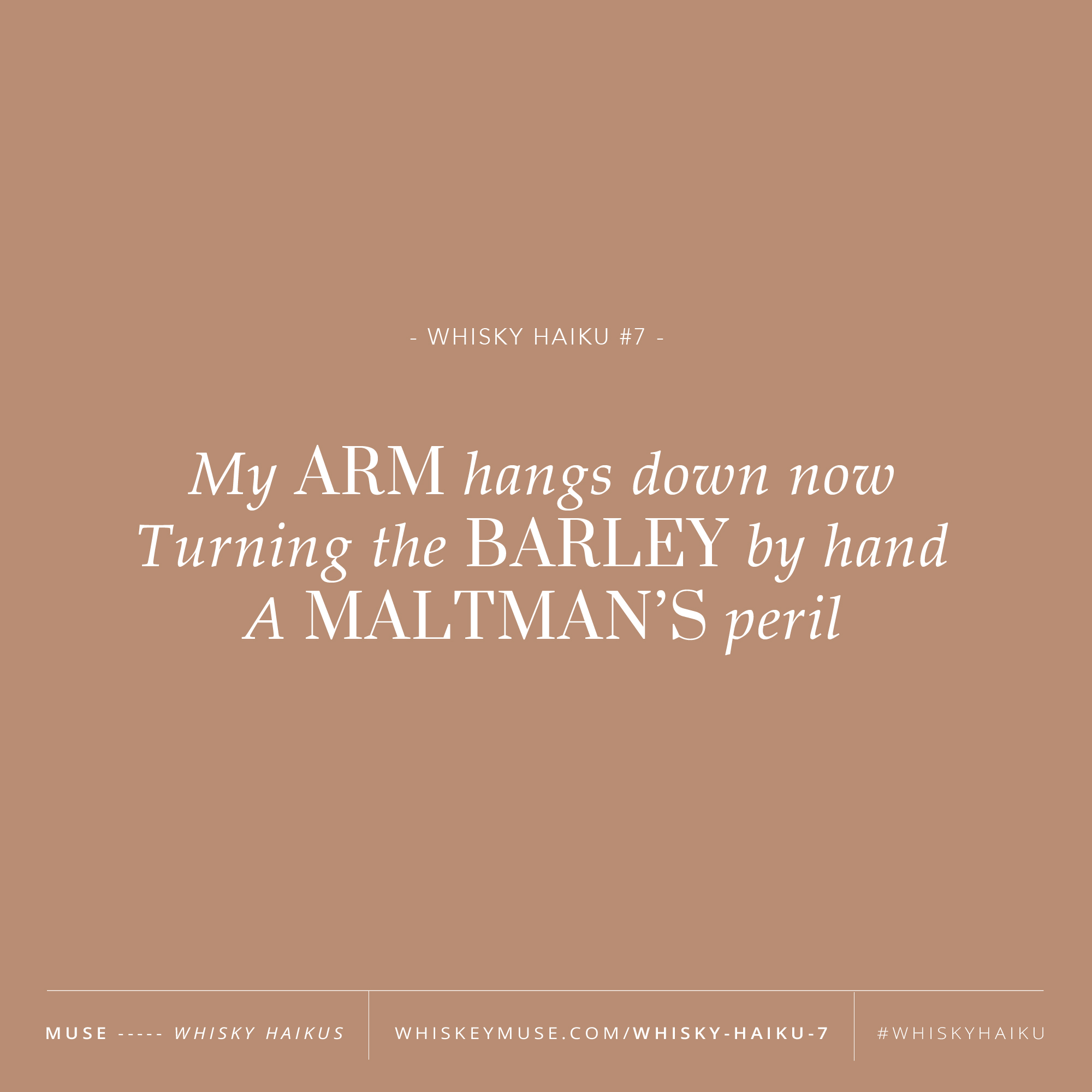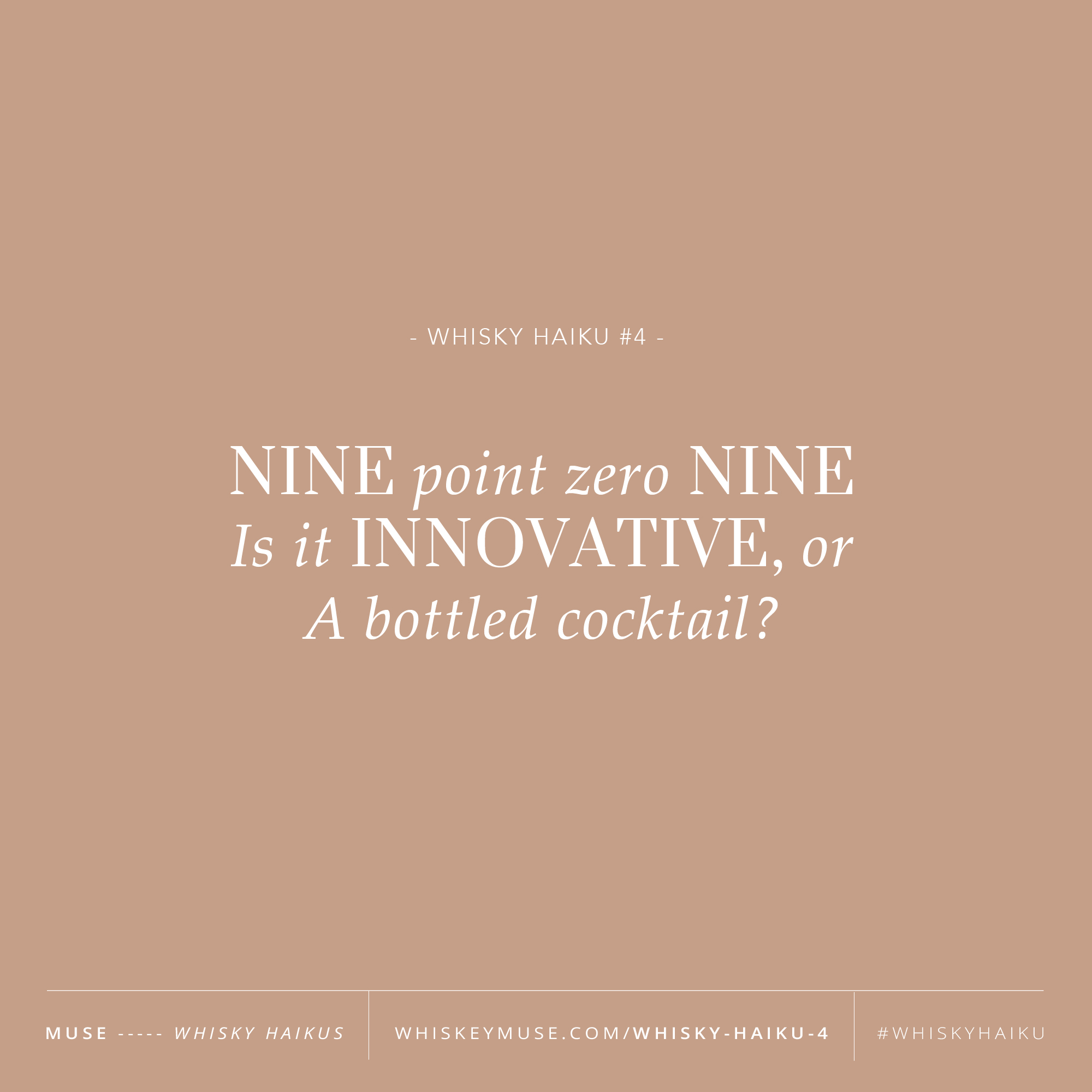
“Age is just a number, baby.”
When I was growing up, I was often told that I am an ‘old soul’ and people were surprised to hear my age. Now in my 30’s the opposite holds true — people often think that I ‘look’ younger than my biological age.
Why are people so fascinated with age, and why does it matter? Theoretically, as we get older we get more ‘mature’ but as I’m sure you can agree, not all people mature at the same rate.
The same goes for whisk(e)y.
“I only drink Single Malt Scotches that are 18 years old or older”
— Some pretentious whisk(e)y drinker
What An Age Statement Indicates
By law, the age statement on a bottle of whisk(e)y represents the youngest whisk(e)y in the bottle. In countries like Scotland, Ireland, and Canada, a whisk(e)y MUST be aged a minimum of three years before it is considered ‘whisk(e)y’.
Beyond that, if you see an age statement on the bottle, this signifies that all of the liquid in the bottle is AT LEAST that old. In other words, there can be older whiskies mixed in but there will not be any that are younger than that age. So if you have a single malt that is 18 years old, the youngest whisky in that bottle is 18 years old but there could be 20 or 30 year old whiskies mixed in there too.
As you may have heard in the past, maturation is what gives a whisk(e)y the majority of its flavour. During the maturation period, there are numerous chemical reactions occurring that have additive, subtractive, and interactive effects. The longer the whisk(e)y stays in the barrel, the more chemical reactions occur. While many of these reactions create ‘good tasting’ flavours, some can also have negative effects on the whisk(e)y. It is the Master Blender’s job to determine when conditions are just right and the barrel of whisk(e)y has achieved the (balanced) flavour profile they are seeking to create.
What an Age Statement Does NOT Indicate
While in theory, you would suspect that the longer whisk(e)y stays in the barrel, the better it will be. However, an older whisk(e)y is NOT necessarily a better whisk(e)y. There are so many production and maturation idiosyncrasies that contribute to the ultimate flavour profile of a whisk(e)y. Was it made in a pot or column stills? How many times was it distilled? What types of casks were used? Where is whisk(e)y aged? What is the climate like in that country? These are just a few of the many factors that contribute to the resulting flavour profile of the whisk(e)y.
Just like with us humans, the resulting bottle of whisk(e)y is formed from a series of complex environmental factors, guidance from experts, and time. While an age statement on a bottle may give you some level of assurance that the whisk(e)y will be more refined, no-age statement whiskies can be equally as refined thanks to the talented hand of the Master Blender. The bottom line — don’t judge a whisky by its age statement (or lack thereof).null
Question of the Week
So I’ll bring it back to the #whiskyhaiku today — do you think age defines us (or whisk(e)y)? Or is it just a number that we (or the whisk(e)y) are/is labelled with?
Additional Musings
While the age statement on a whisk(e)y bottle indicates the minimum age of the whisk(e)y inside, this is not the same for other wine and spirit categories. Depending on which country a Rum is produced in, the age statement on the label may represent the AVERAGE age of the rums in the blend — not the youngest. Similarly, looking at Sherry (fortified wine produced in Jerez, Spain), oftentimes the number on the label is the AVERAGE age of the liquid inside. With both rum and sherry, stating an average age is largely due to the maturation technique they use known as a ‘multifractional blending system’ or a ‘solera system.’
Related Terms to Know
NAS (No Age Statement): This is just an industry term for whiskies that don’t put their age statement on the bottle. As noted prior, depending on the country, there are minimum aging requirements that need to be upheld in order for something to be considered a ‘whisk(e)y’. Therefore with NAS whiskies they must comply with that minimum maturation period for its respective country.
Single Barrel: This denotes that the entire contents of the whisk(e)y came from a single barrel (not a mix of many). Therefore, if the whisk(e)y has a subsequent age statement on the label, it means that ALL the whisk(e)y in that bottle is that age.
Solera System: A solera system involves series of barrels in which a fraction of the contents of each barrel is blended together, resulting in a finished product that is a mix of ages. As the process continues over many years the average age of the contents of each barrel becomes older.
Cheers,






No Comments